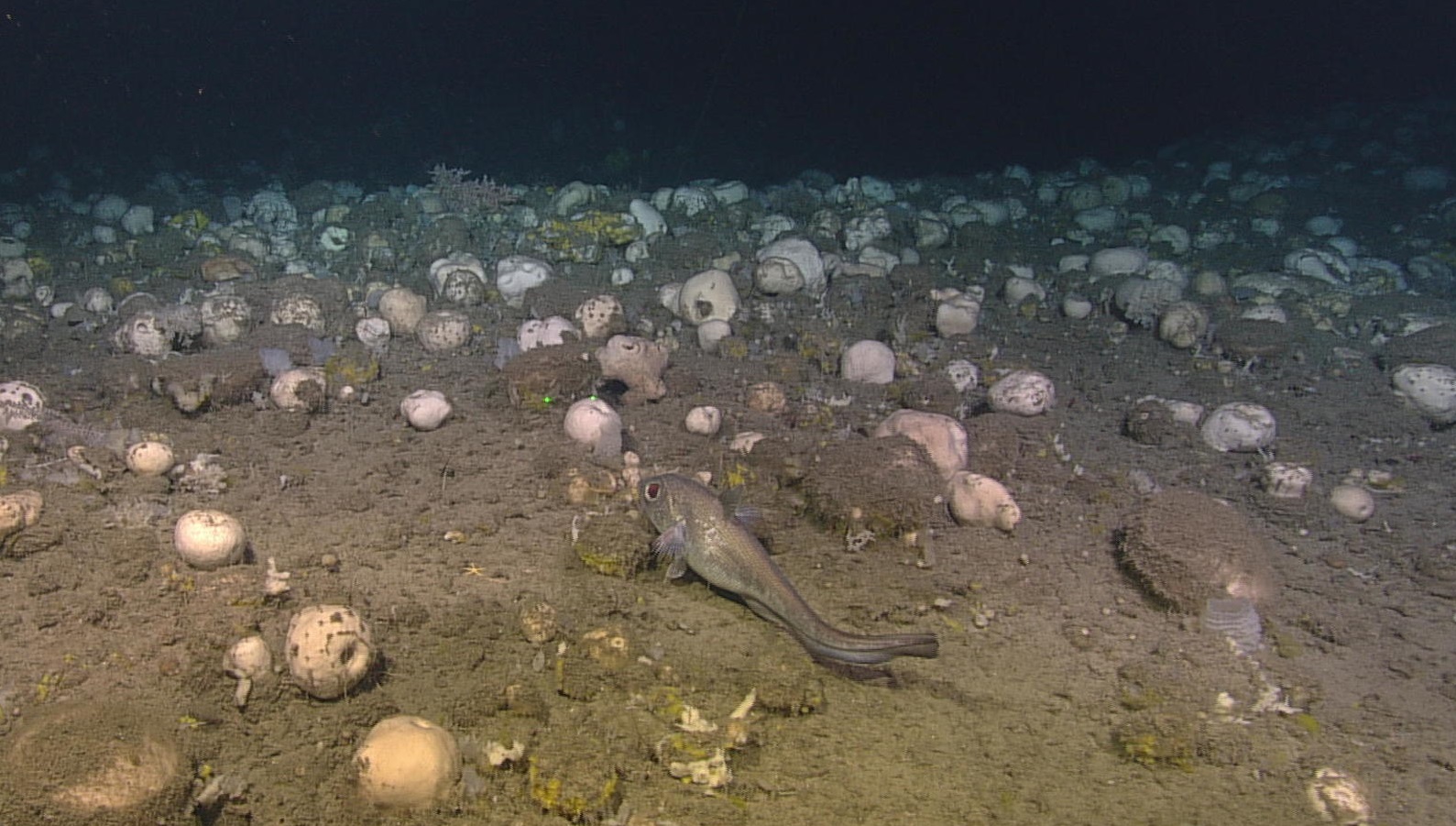Sponges are remarkable organisms. Not only are they able to become very old (the oldest living specimen is 11,000 years old!), they also hold all manner of interesting substances: against viruses, bacteria, tumours and so forth. The sponge’s medicine cabinet is worth its weight in gold. But, you must be able to get it to divide in a controlled manner. And this was impossible until recently.
Breakthrough
Wageningen scientists have managed to achieve this. Researcher Kylie van Deinsen-Hesp recently obtained her PhD on this study, with a dissertation entitled Dawn of a New Era in Sponge Biotechnology. The development of a new cell line is nothing short of a breakthrough in sponge-land. It opens the way for the production of countless new medicines.
The medium provides an excellent basis. It will have to be optimized per sponge type.
Kylie van Deinsen-Hesp, PhD
Van Deinsen-Hesp successfully managed to achieve this with the Geodia barretti, a common deepsea sponge. She used a substrate based on a well-known growth medium for animal cells. Nothing special, in fact, but sponge cells appeared to be able to divide in it. In follow-up steps, the growth medium was optimized to the extent that it allowed for a continuous division.

Further research shows that the addition of PHA, in particular, is crucial. Deinsen-Hesp: ‘this is a substance from the plant world known to prompt animal cells to divide. A growth factor, so to speak.’ The question is whether the growth medium works for all types of sponges. Deinsen-Hesp: ‘The medium provides an excellent basis. It will have to be optimized per sponge type.’
Barrettine
The Geodia barretti produces barrettine, among other things, which is an anti-inflammatory substance and which prevents biomaterial from attaching to, for example, ships (anti-fouling). The sponge can be edited using CRISPR-Cas technology, Deinsen-Hesp showed. ‘If you know what genes are involved in the production of bio-active substances, you can use CRISPR to improve these cells.’
Deinsen-Hesp’s research was part of the European SponGES-project, which studies the use of sponges in, among other things, biotechnology. Geodia barretti is one of the sponges that occur in Northern Atlantic waters.

 Photo: Ocean Fisheries Canada DFO
Photo: Ocean Fisheries Canada DFO